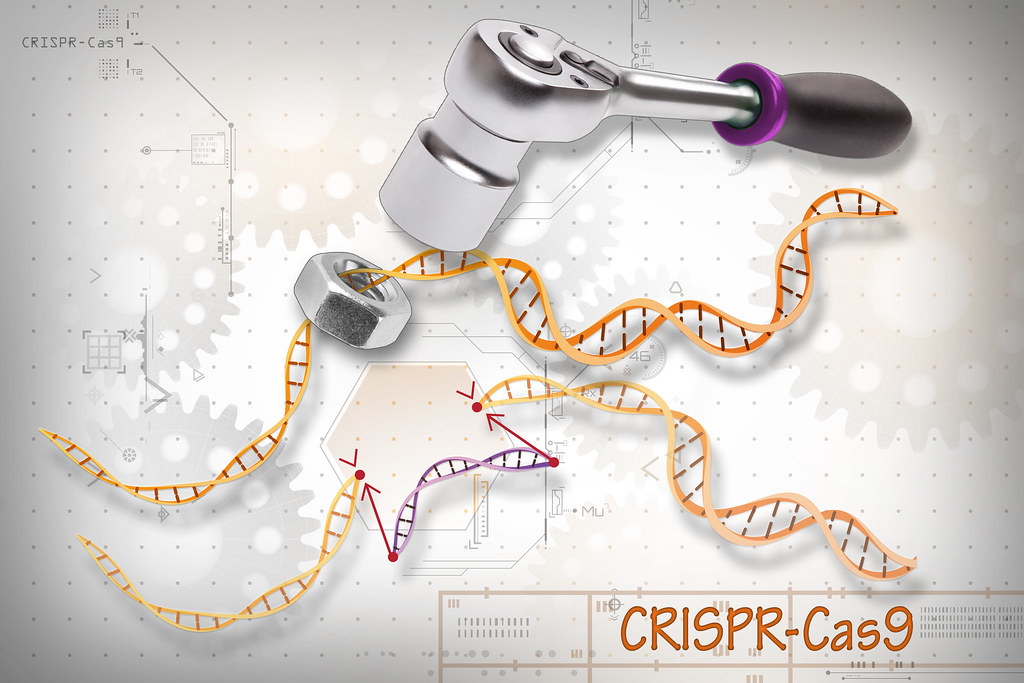High cholesterol tends to be a very exaggerated, lighthearted topic when presented in the media and even in basic conversations – the audience is expected to burst into laughter after another tired mother jabs at her husband to watch his appetite, or lo and behold his cholesterol levels will go up. In reality, high cholesterol levels have a direct role in around 4.4 million deaths in the nation every year, and impact the lifestyle of over 98.6 million, mostly concentrated in the United States. To put it into perspective, that’s about 40% of the country suffering from a controllable infliction. Although the U.S. government has pushed many initiatives to regulate the steadfast increase in deaths, including publishing new information regarding diet requirements for adults and children alike, scientists began looking for a more preemptive solution that would target the cholesterol level shifts before they even manifest. The most recent and seemingly most impactful development was announced on November 12th by various scientific journals: a new gene editing technique that would allow for the deactivation of the primary gene contributing to heart disease and other coronary issues.
Cholesterol, although seemingly straightforward, has varying types of damage depending on the variant presented. Cholesterol in general refers to a protective, fatty substance in cell membranes helping with digestion and other key tasks in the body; the two types include low-density lipoprotein (LDL) and high-density lipoprotein (HDL), each referred to as the “bad” and “good” ones respectively. High levels of LDL can lead to plaque buildup in arteries, which can increase the risk of heart disease and other inflictions, whereas high levels of HDL helps to counteract LDL’s role. An imbalance between LDL and HDL can lead to atherosclerosis, or the hardening or narrowing of arteries, which directly contributes to cardiovascular diseases resulting from high cholesterol as a whole. Although levels are significantly controlled by lifestyle factors such as diet and exercise, some individuals are genetically predisposed to higher cholesterol levels than others – making scientists all the more interested in how they can modify genetics to play to their favor.
The gene editing technique developed by Verve Therapeutics is formally known as “base” editing and involves the injection of the VERVE-101 treatment into the human bloodstream. VERVE-101 permanently deactivates the PCSK9 gene in the liver, which directly controls the LDL levels within the body – specifically decreasing levels by over 50%. As for a more in-depth explanation of the revolutionary technology, base editing involves using CRISPR-Cas9 machinery to edit genes in a precise manner and change single nucleotide bases (A,G,T,C) without damaging the entire DNA strand; VERVE-101’s influence allows for the enzymes directing LDL receptors to activate production to slow down, reducing LDL levels as a whole.
Even though the technique has the potential to change the medicinal intake of patients suffering from high cholesterol – namely switching the game from pills to direct genetic modification – scientists still have concerns about the treatment’s health implications. Many patients who participated in the first rounds of testing experienced side effects such as fevers, headaches, body aches, and even more serious effects like heart attacks. Additionally, gene therapists such as Luigi Naldini at the Vita-Salute San Raffaele University in Milan question whether “there are other unknowns about the long-term effects of these genetic changes,” as they are still working on limiting unwanted edits on other parts of the genome.
Fortunately, Verve’s technique is still under development as the company attempts to minimize the side effects for eventual release to the public. The impact of new gene-editing technology seems obvious, but it also raises questions about the ethicality of “designing” traits in humans and whether health-related safety is ever fully guaranteed.







